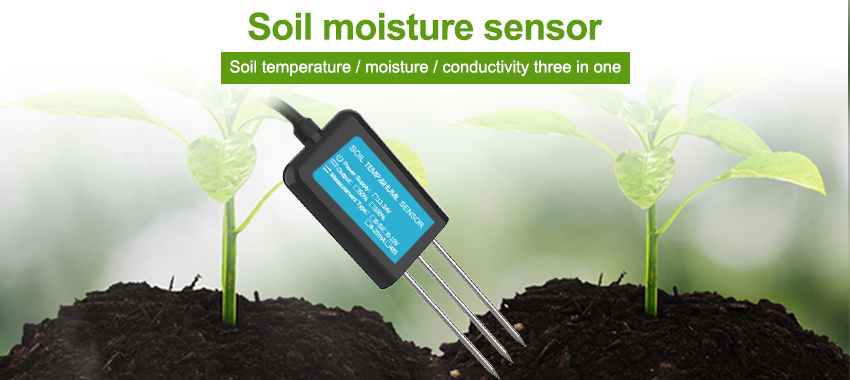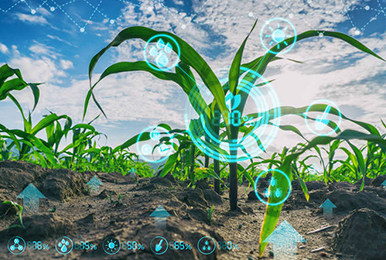When you hear the term “smart garden,” the first thing that comes to mind is a soil moisture detector system that monitors the moisture level of the soil and automatically supplies the plants with the necessary water.

With this system, we only water the plants when they can only dry up, avoiding over – or under-watering. If you want to build such a system, you undoubtedly need a soil moisture sensor.
How Does a Soil Moisture Detector Work?
The soil moisture sensor operates in a straightforward manner. The fork-shaped probe with two exposed conductors acts as a variable resistor (similar to a potentiometer) whose resistance varies with the soil’s moisture content.

This resistance varies inversely with soil moisture detector :
- The more water in the soil, the better the conductivity and the lower the resistance.
- The less water in the soil, the lower the conductivity and thus the higher the resistance.
The sensor produces an output voltage according to the resistance, which by measuring we can determine the soil moisture level.
Hardware Overview
A typical soil moisture sensor consists of two parts.
The Probe
The sensor includes a fork-shaped probe with two exposed conductors that is inserted into the soil or wherever the moisture content is to be measured.
As previously stated, it acts as a variable resistor, with resistance varying according to soil moisture.
The module includes a potentiometer for adjusting the sensitivity of the digital output (DO).
You can use it to set a threshold, so that when the soil moisture level exceeds the threshold, the module outputs LOW otherwise HIGH.
This setup is very useful for triggering an action when a certain threshold is reached. For example, if the moisture level in the soil exceeds a certain threshold, you can activate a relay to start watering the plant.
I’m really impressed with your writing talents and also with the structure in your weblog. Is that this a paid subject matter or did you modify it your self? Anyway stay up the nice quality writing, it is uncommon to look a great weblog like this one today!